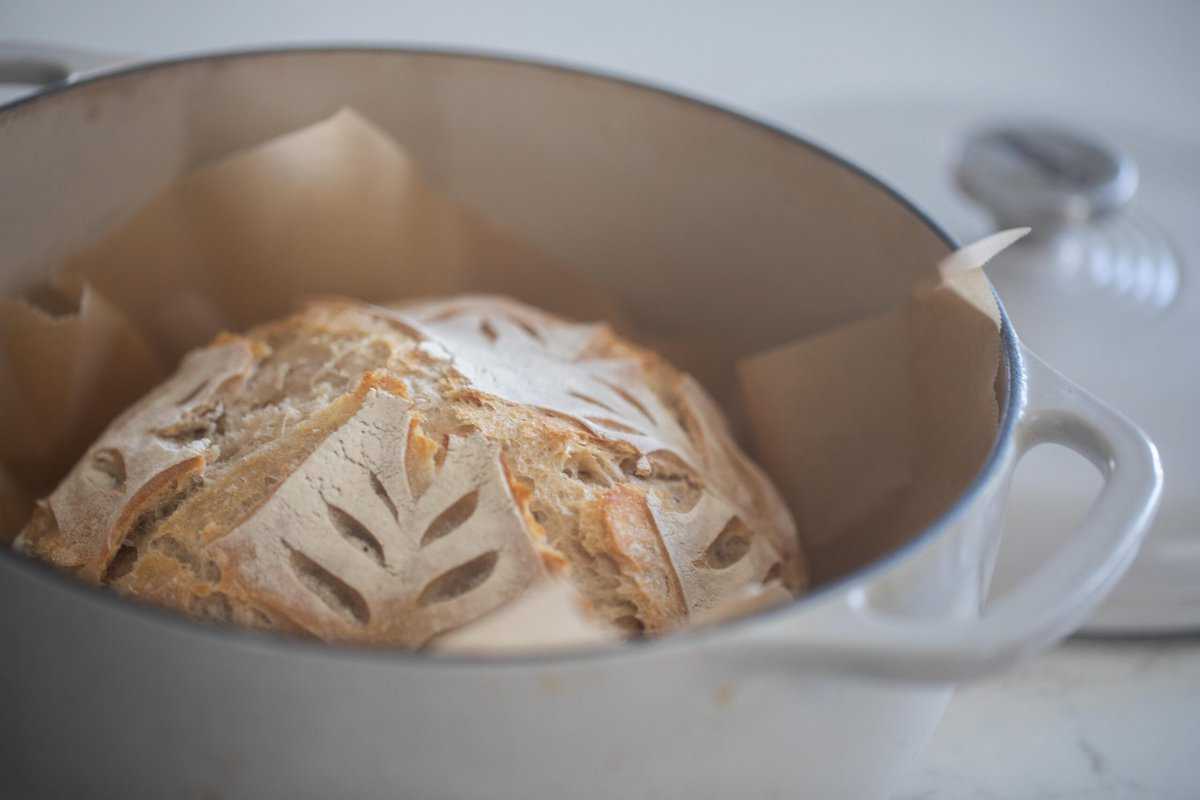When it comes to preparing a delicious pot roast, the type and size of cookware you use can make a significant difference. One commonly asked question among cooking enthusiasts is: What size Dutch oven for a 4 lb pot roast? Knowing the perfect size can help ensure your pot roast turns out tender, juicy, and full of flavors.

The Importance of Size
Understanding the appropriate size of a Dutch oven is crucial not just for a pot roast but for any dish you intend to cook. Too small, and your ingredients might not cook evenly; too large, and you might lose out on some flavors. For a 4 lb pot roast, selecting the right size is about ensuring optimum heat distribution and enough room for your ingredients to cook perfectly.
What is a Dutch Oven?
A Dutch oven is a versatile and sturdy piece of cookware that has been around for centuries. It’s known for its thick walls and heavy lid, typically made from cast iron. Dutch ovens are esteemed for their ability to retain heat and provide an even cooking surface. Perfect for slow-cooking, braising, and even baking, they are a staple in many kitchens.

Recommended Dutch Oven Size for a 4 lb Pot Roast
So, what size Dutch oven for a 4 lb pot roast? Generally, you would need a Dutch oven with a capacity of 5 to 6 quarts. This size allows ample space for the meat and any added vegetables or broth, ensuring everything cooks evenly.
Why 5 to 6 Quarts?
The rationale behind this recommendation lies in the spatial requirements of a pot roast. A 4 lb roast itself takes up quite a bit of room. Couple this with the vegetables, liquid, and other ingredients you might add to the pot, and the 5-6 quart range proves to be ideal. This size also provides enough depth, preventing any spills or overflow during the cooking process.

Factors to Consider When Choosing Your Dutch Oven
While size is crucial, there are other factors you should think about when selecting your Dutch oven:
Material
Dutch ovens are typically made from cast iron, enameled cast iron, or ceramic. Each material has its benefits. Cast iron retains heat exceptionally well; enameled cast iron is easier to clean and more aesthetically pleasing, while ceramic is often lighter and can come in various designs and colors.
Shape
Shape also matters. A round Dutch oven is generally recommended for pot roasts because it allows for better heat circulation. However, if you plan to use the Dutch oven for other purposes, such as baking bread, you might want to consider an oval shape.
Lid Fit and Weight
A well-fitting lid is essential for retaining moisture and ensuring even cooking. The overall weight is also a consideration; while heavier lids provide a better seal, they can be cumbersome to handle, especially when the pot is full.
Cooking Techniques for the Perfect Pot Roast
Once youve got the right-sized Dutch oven, mastering the cooking technique will ensure you make the most delicious pot roast:
Browning Your Meat
Browning your meat before braising adds a deep, rich flavor. Start by heating a small amount of oil in your Dutch oven and sear the roast on all sides until its golden brown.
Layering Ingredients
Place vegetables like onions, carrots, and celery at the bottom. This not only adds flavor but also helps in creating a natural rack for your meat.
Slow Cooking
Slow cooking is the key to a tender roast. Set your oven to a low temperature (around 275F to 300F) and cook the roast slowly, allowing it to become tender and absorb all the flavors.
Caring for Your Dutch Oven
Proper care can extend the life of your Dutch oven:
Cleaning
Always hand wash your Dutch oven to maintain its quality. Avoid using abrasive scrubbers or harsh detergents, especially with enameled cast iron. For more tips on cleaning, you can visit this Enameled Cast Iron Care Guide.
Seasoning
If you have a non-enameled cast iron Dutch oven, occasionally re-seasoning it can keep it in top shape. A well-seasoned Dutch oven can improve with age and use.
FAQs
Q1: Can I use a smaller Dutch oven for a 4 lb pot roast?
Answer: While its possible, a smaller Dutch oven might not provide the best cooking results. It might lead to uneven cooking and spillover.
Q2: What is the best material for a Dutch oven?
Answer: The best material depends on your needs. Cast iron is excellent for heat retention, enameled cast iron is easier to clean, and ceramic is lighter and comes in various designs.
Q3: How can I prevent my Dutch oven from sticking?
Answer: Ensure your Dutch oven is well-seasoned and use enough oil when cooking. For more tips, check out these helpful tips on preventing Dutch oven stickiness.
For more detailed information on related topics, you can visit: making chili in a Dutch oven, differences between Dutch ovens and pots, and most common size Dutch ovens.
As an Amazon Associate, I earn from qualifying purchases.

